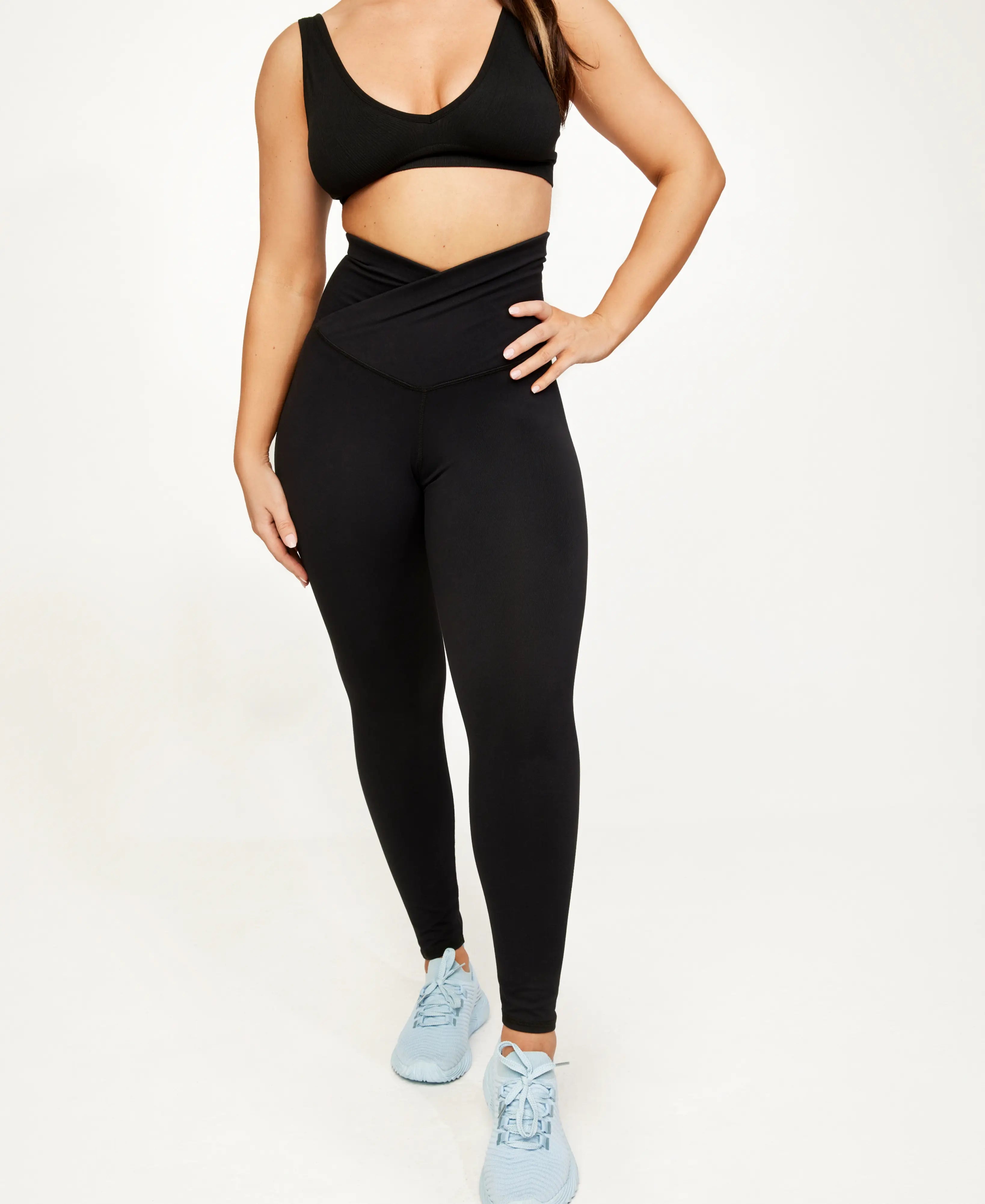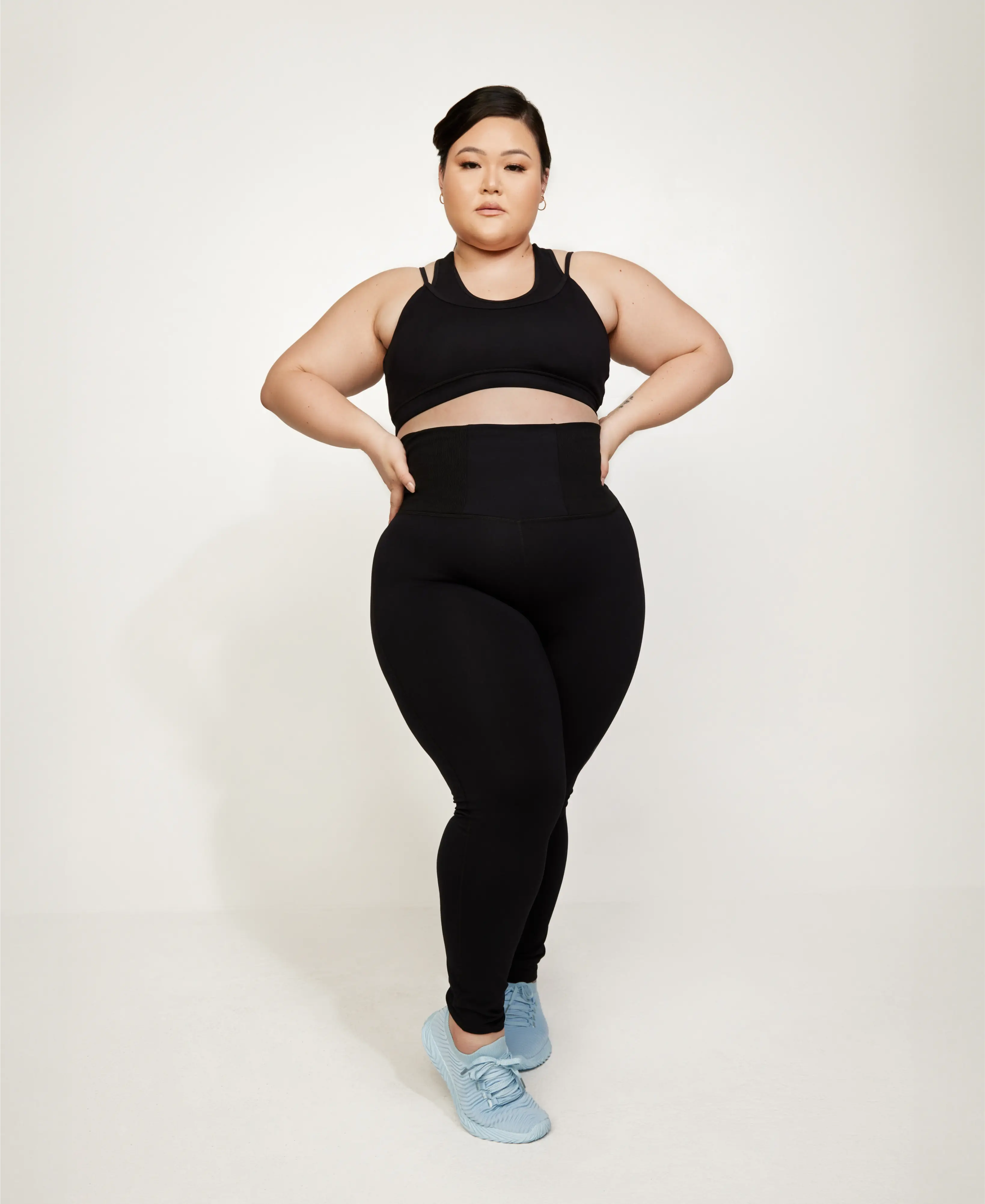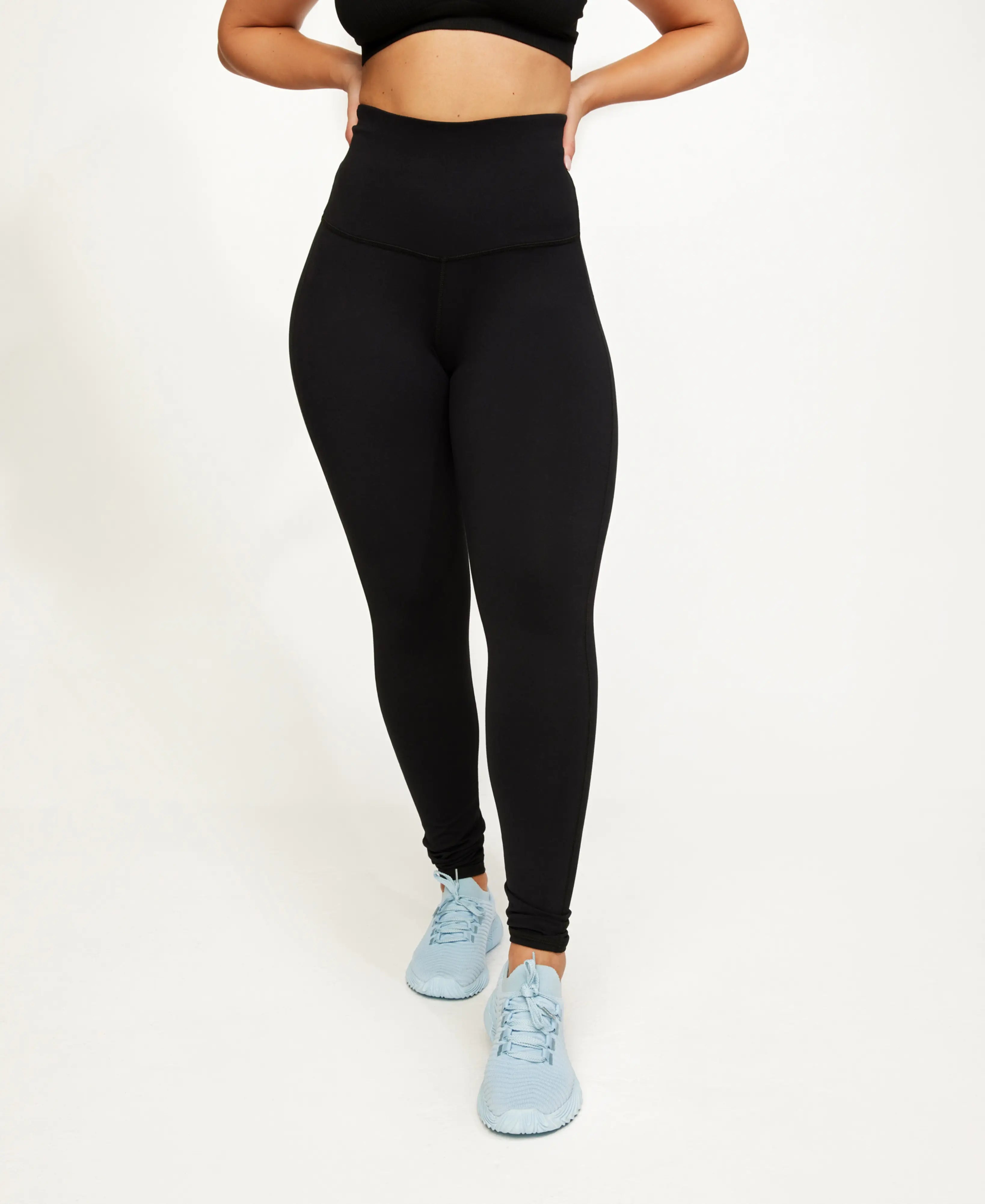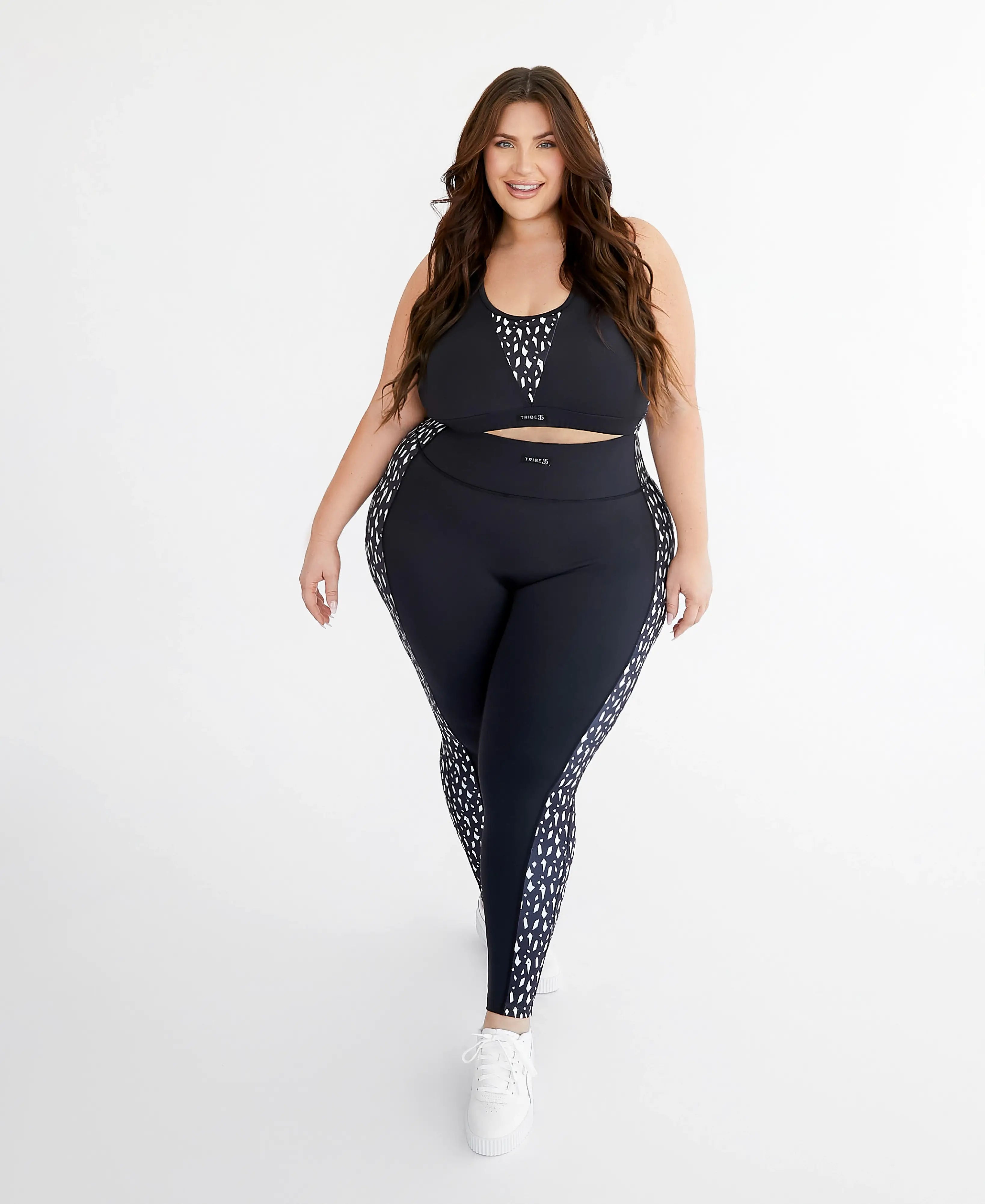The term plus size has become bothersome as society thankfully becomes more accepting of the anyone who is not a straight, white male. It attempts to divide women based upon their size by establishing what is average. Back in the day, perhaps they felt it would motivate women to lose weight if they were categorized outside of just “womenswear”.
Have you ever noticed the term plus size is not used to describe larger menswear? The term stemmed from the 1920’s with the launch of Lane Bryant, a brand for ‘stout women with a bust size over 38”’. This century old phrase has become overused and now even describes activities that larger women participate in.
Plus size exercise is one of them.
Exercise is exercise is exercise is exercise… and so on. It is that simple.
When a woman who identifies as plus size loses weight, her identity is now in question internally. As a society, we measure the success of someone’s life by their size. The hardest part is that an entire life is judged by a variable.
Women around the world are in social and therapy groups related to their weight. If we stop and think about how damaging that mindset is, it makes you want to re-evaluate what “average” really is. Society has told us that the “average” woman today is a designer size 12. Well, according to a 2018 study in the International Journal of Fashion Design, the average size of a woman is 16-18.
At a 16-18 you are likely considered obsese or morbidly obese at the doctors office. You are likely criticized for being that size, and told to eat less and move more. Please keep in mind, this is the average, which means there are hundreds of thousands of women over a size 18.
It seems as if “straight sizes” are now the minority, so why do we still tack the term plus size onto everything? Not everyone is meant to be a size 2, 4, 6, 8, 10, or even a 12. Not everyone wants weight loss, many people just want to feel good.
So, what is plus size exercise? It does not exist. Glitters and Lazers uses her platform for workout motivation and shows us that we can do everything smaller people can do. Health and wellness does not have a weight requirement - to be healthy is not to be 125 pounds and have a 30” waistline.
That same 30” waistline could have the most unhealthy habits, never exercise, and could care less about what they eat. To be healthy is to be well in the mind, body, and spirit. That could look like 150 pounds or 300 pounds.
We need representation of all body sizes in fitness and health. Dwight Holt Jr., founder of Dance Your Pounds Off, travels all over the country, gathering women of all sizes and backgrounds together for high impact dancing that has gone viral. This is the type of action needed to move our mission forward: changing the face of fitness. Subconscious messages everywhere tell us that if you are a larger woman, you do not deserve the better things in life. It also supports stereotypes that if you are not a size 6, you don't care as much about yourself. You don't watch what you eat, you're lazy, you work for minimum wage, etc.
Here are just a few areas where society can improve first:
- Fitness ads need to show women of all sizes squatting, lifting, throwing, sprinting, jump roping, doing burpees, strength training, and nailing any trending fitness “challenge”. Not “acceptably fat” women either. Acceptable fat women we've noticed are those with thick bodies with little to no cellulite and maybe a few rolls. We want to see women that look like us too, with fupas and annoying knee fat moving for her health too.
- Fitness advertisements need to show a thin person attempting to meet their fitness goals, just like anyone else.
- Resort spa commercials need to show larger women being pampered. We should be sprawled out on the massage table with Fabian rubbing massage oils into our succulent thigh meat.
- Healthy food subscription boxes being ordered and eaten by a family on the larger side
- Fitness accessory packaging showing product demonstrators of all sizes
- Fitness magazines featuring personal trainers of all sizes
- Running sneakers endorsed by a professional athlete with some extra cushion
It is uncommon to have abs, it is common to have fat rolls. It is uncommon to workout 7 days per week, it is common to commit to 35 minutes of movement a few days per week. It is uncommon to snap back after giving birth, it is common to struggle with losing the baby weight postpartum. Let’s normalize, normal.
What are your thoughts? Leave them in the comments below!




